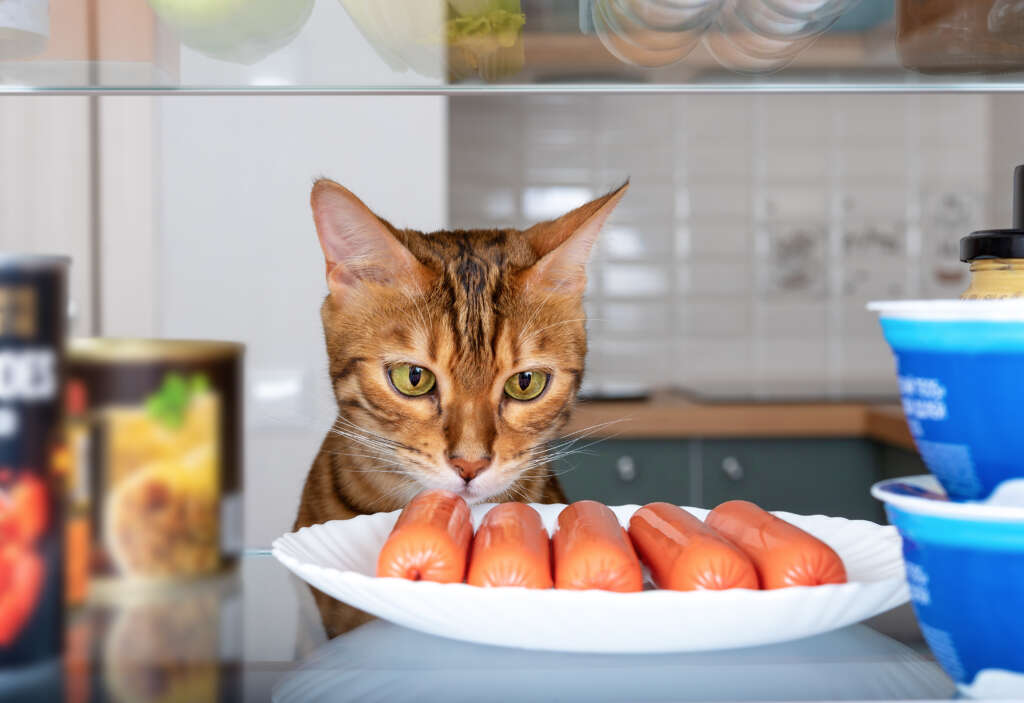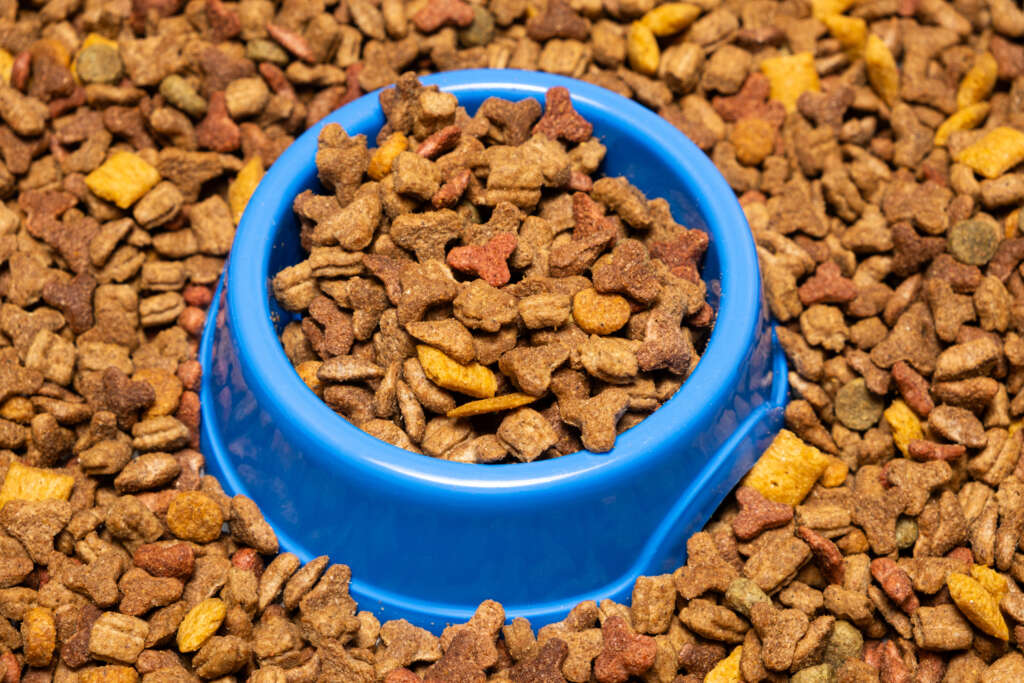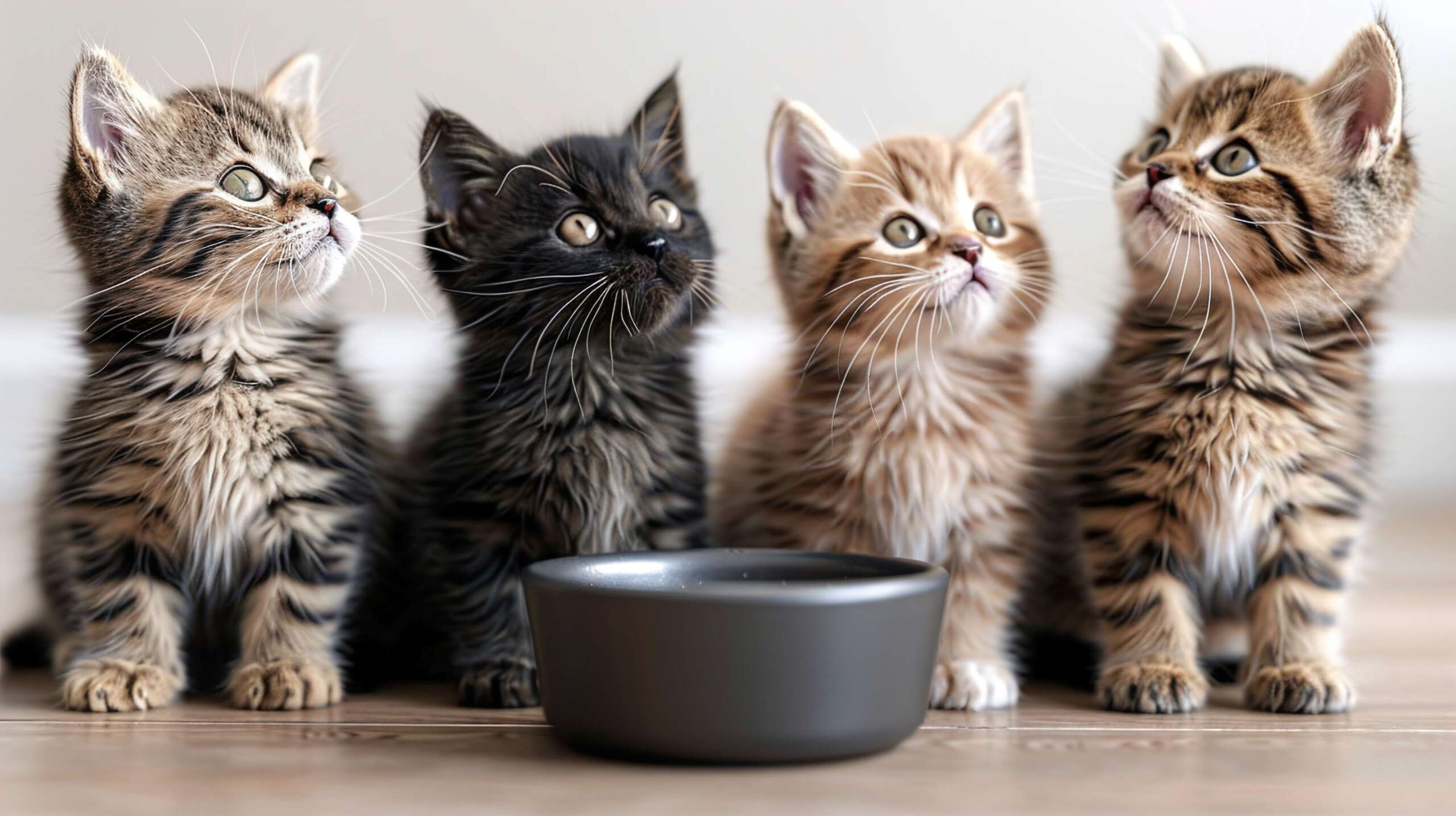Share This Article
Is your cat’s diet meeting their nutritional needs? With so many cat food selection options, it’s key to avoid the 60 percent of cats that are overweight. How do we find the right balance between taste and health?
This guide is your go-to for making healthy cat food choices. Four veterinary nutritionists share their insights to help you pick the best food for your cat. They focus on what matters, like AAFCO-approved labels and the dangers of grain-free diets without proof. Let’s look at the facts and create a diet that makes your cat thrive.
After neutering, cats can slow down their metabolism by up to 30 percent, making it crucial to find a diet that prevents weight gain. Foods high in protein, almost all meat, are essential for cats. But we also cover how fiber can help with constipation and managing a diabetic cat’s blood sugar.
As we explore the many options, remember to read nutritional labels and know the AAFCO’s standards. Our journey will clear up myths and confirm truths in cat nutrition. This will help you make a choice that leads to a healthier, happier cat.
Understanding the Nutritional Needs of Cats
Proper nutrition is key to a cat’s health. Cats need essential nutrients for cats to stay well. They are obligate carnivores, meaning they mainly eat meat. A cat diet plan must include animal protein in cat food for muscle, reproduction, and growth.
A balanced cat diet has lots of animal proteins, fats, and special vitamins and minerals. Unlike dogs and humans, cats need certain amino acids like taurine, found in meat. Not getting enough taurine can cause serious health issues, like heart disease and vision problems.

Fats are crucial for cats, giving them energy and helping them absorb important vitamins. Kittens need lots of energy for growth. Adult cats should eat to avoid obesity, especially if they are less active. As cats get older, their diet should focus on staying healthy, keeping them mobile, and maintaining muscle.
Remember, cats need enough water. Many health problems come from not drinking enough water, often because they get moisture from their food instead.
When making a cat diet plan, think about the cat’s age, lifestyle, and health needs. A diet full of animal protein in cat food helps them from kittenhood to old age. Regular vet check-ups help keep your cat healthy at every life stage.
Choosing the Right Cat Food: Evaluating Ingredients
When looking for the best cat food options, it’s key to focus on main ingredients. High-quality animal proteins like chicken, turkey, lamb, and salmon are essential. They meet a cat’s diet needs and are better than vague “meat” labels. Cats thrive on meat, which is packed with amino acids crucial for heart health and vision.
When evaluating cat food, check for clear ingredient labels. Look for named fats like “chicken fat” or oils such as sunflower oil. These signs point to a better product. Avoid grains like corn and wheat, which are not good for cats and can cause health problems. Instead, opt for less likely allergenic carbs like green peas and sweet potatoes.
Both dry and wet types of cat food have their benefits. Dry food helps with oral hygiene, while wet food keeps cats hydrated and is high in proteins. Yet, premium dry foods often have clearer labels and better ingredients, including vitamins, minerals, and probiotics for digestion.
Don’t just pick cat food based on price. Lower-cost options might not offer the quality your cat needs. Look for products that match your cat’s life stage and have a balanced nutrition plan. A good diet includes fibers like beet pulp and fatty acids in fish oils for a healthy gut and skin.

In summary, when evaluating cat food, focus on high-quality proteins and good ingredients. Avoid fillers and grains. The best cat food meets felines’ natural dietary needs with a focus on proteins and low carbs.
The Importance of the AAFCO Label in Cat Food Selection
When picking cat food, look for the AAFCO label. It means the food meets nutritional standards for a complete and balanced diet. The Association of American Feed Control Officials (AAFCO) sets these standards to keep pets healthy.

The AAFCO label is important because it shows the food has the right nutrients for cats. It covers all life stages, from kittens to senior cats. This label ensures the food supports your cat’s health at every stage.
Knowing about nutritional standards from AAFCO helps you choose better. The label lists the right amounts of proteins, fats, fiber, and moisture for each life stage. So, checking for an AAFCO statement on cat food is key to trusting the nutritional quality and completeness of the food.
Cats need special nutrients like taurine and pre-formed Vitamin A for their health. Foods with the AAFCO label are made with these needs in mind. This makes the AAFCO label crucial when picking cat food.
In conclusion, knowing about the AAFCO label helps you choose the best food for your cat. It ensures your cat stays healthy, happy, and lively.
Varieties of Cat Food: Dry, Wet, and More
Choosing the right cat food is key to meeting your cat’s nutritional and hydration needs. Dry cat food and canned cat food are the main types, each with its benefits and things to consider.
Dry cat food is easy to use and has about 10% moisture. It’s cheaper and can sit out for a long time without going bad. But, it might not be good for cats that don’t drink much, which could make them dehydrated.
Canned cat food has around 70% moisture, like what cats eat in the wild. It’s great for keeping cats hydrated, which is important for them. But, it costs more and doesn’t last as long once opened.
Semi-moist cat food has about 35% moisture. It’s a good mix of tasty and easy to use. But, make sure it’s the right food for your cat by checking the label.
Vets often suggest feeding your cat a balanced diet from trusted brands like Science Diet® and Royal Canin®. Good food helps prevent health problems like obesity, which can come from eating too much dry food.
When picking cat food, think about what your pet needs and how they eat. Many people use both dry and wet foods to give their cats the best of both worlds. Talking to your vet and watching how your cat eats will help you choose the best food for them.
Special Dietary Considerations for Cats with Health Issues
The health of cats with health problems depends a lot on their diet. It’s crucial to make healthy cat food choices that fit their specific needs. Cats with diseases like diabetes, kidney issues, or allergies might need prescription diets for cats. These diets are made to meet their unique nutritional needs that regular pet food can’t.
Cats with diabetes do well on diets high in protein but low in carbs. This is similar to what they would eat in the wild. It’s important to talk to a vet before starting these diets to make sure they’re right for your cat. Owners should also watch out for feeding mistakes, like giving too many treats or human food that can harm prescription diets for cats.
Carefully consider every aspect of your cat’s intake and consult with your vet to craft a feeding plan that promotes a holistic approach to managing health problems.
Every cat is different, so their diet should be too. Things like their lifestyle, weight, and age matter. Making sure the healthy cat food choices are balanced is key. This helps with chronic conditions or keeping them healthy in the first place.
Determining the Best Cat Food Options for Your Feline
Choosing the right cat food is more than just picking the prettiest package. It’s about knowing what keeps your pet healthy and full of energy. The best diet for your cat meets their unique needs at every life stage and health level. Look for food that meets AAFCO standards, offering six key nutrients: water, carbs under 10%, high-quality protein, and vitamins and minerals for health.
Looking at the ingredients list is important, but it’s not the only thing to consider. Your cat’s food should have vitamins A, B12, D, E, K, and B-complex vitamins. It should also have minerals like calcium, phosphorus, and zinc. Plus, antioxidants, prebiotics, and probiotics are crucial for health, supporting the immune system and gut health. The best foods don’t need extra supplements, following AAFCO’s guidelines and using ingredients as nutrient sources.
Every cat is different, so what works for one might not work for another. Indoor cats might do better with wet food to prevent urinary problems and obesity. Watch how your cat reacts to their food, looking at their energy, coat, digestion, and weight. Talking to a vet can help find the best food for your cat’s needs, life stage, and taste. Adding treats like cooked, plain meat or cat grass can make their diet more interesting and healthy.


